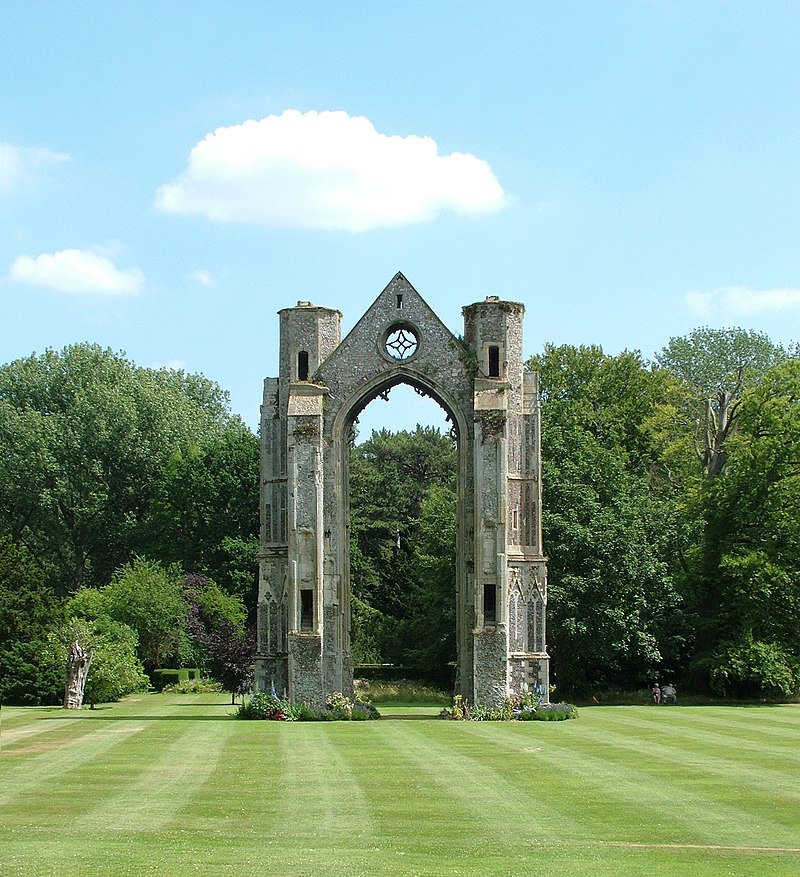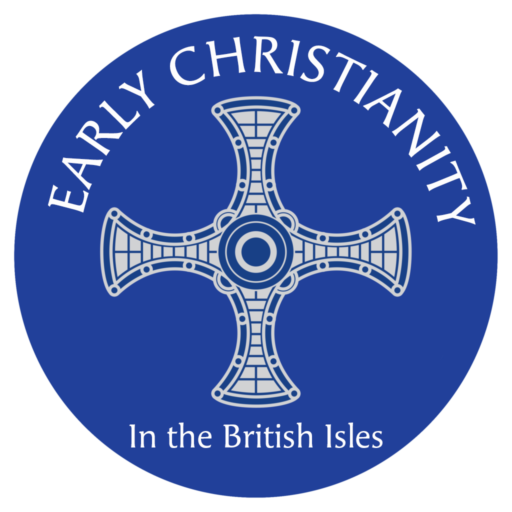Walsingham

Walsingham, a small village located in Norfolk, England, holds a significant place in the history of Christian pilgrimage, often referred to as “England’s Nazareth.” The village is most famous for the Shrine of Our Lady of Walsingham, which has been a pilgrimage site for nearly a thousand years.
The origins of Walsingham’s religious significance date back to 1061, when, according to tradition, a Saxon noblewoman named Richeldis de Faverches experienced a vision of the Virgin Mary. In this vision, Mary took Richeldis to Nazareth and asked her to build a replica of the Holy House, the home where the Annunciation took place, in Walsingham. This miraculous vision led to the construction of a shrine that quickly became a major pilgrimage destination, drawing worshippers from all over England and beyond.
During the Middle Ages, Walsingham became one of the most visited pilgrimage sites in Europe, alongside destinations like Canterbury and Santiago de Compostela. The Walsingham pilgrimage was particularly important to English Catholics, with many kings, including Henry III and Edward I, making the journey. Pilgrims would travel long distances, often barefoot, to seek spiritual solace, healing, or simply to express their devotion.
However, Walsingham’s prominence faced a dramatic decline during the Reformation in the 16th century. In 1538, under the orders of King Henry VIII, who sought to break away from the Catholic Church, the shrine was destroyed, and the site fell into disrepair. The statue of Our Lady of Walsingham, which had been venerated by pilgrims, was taken to London and burned. This marked the end of Walsingham as a pilgrimage site for several centuries.
The revival of Walsingham began in the late 19th century with the Catholic revival in England. In 1897, Pope Leo XIII restored the public pilgrimage to the site, and in 1931, the Anglican Shrine of Our Lady of Walsingham was established, further revitalizing the village as a center of Christian devotion. Today, both the Catholic and Anglican shrines coexist, welcoming thousands of pilgrims annually, especially during the Feast of the Annunciation.
Walsingham continues to be a symbol of spiritual continuity and revival, representing the enduring power of faith across centuries. The village’s serene atmosphere, coupled with its rich historical and religious heritage, makes it a unique and cherished place in England’s spiritual landscape.
